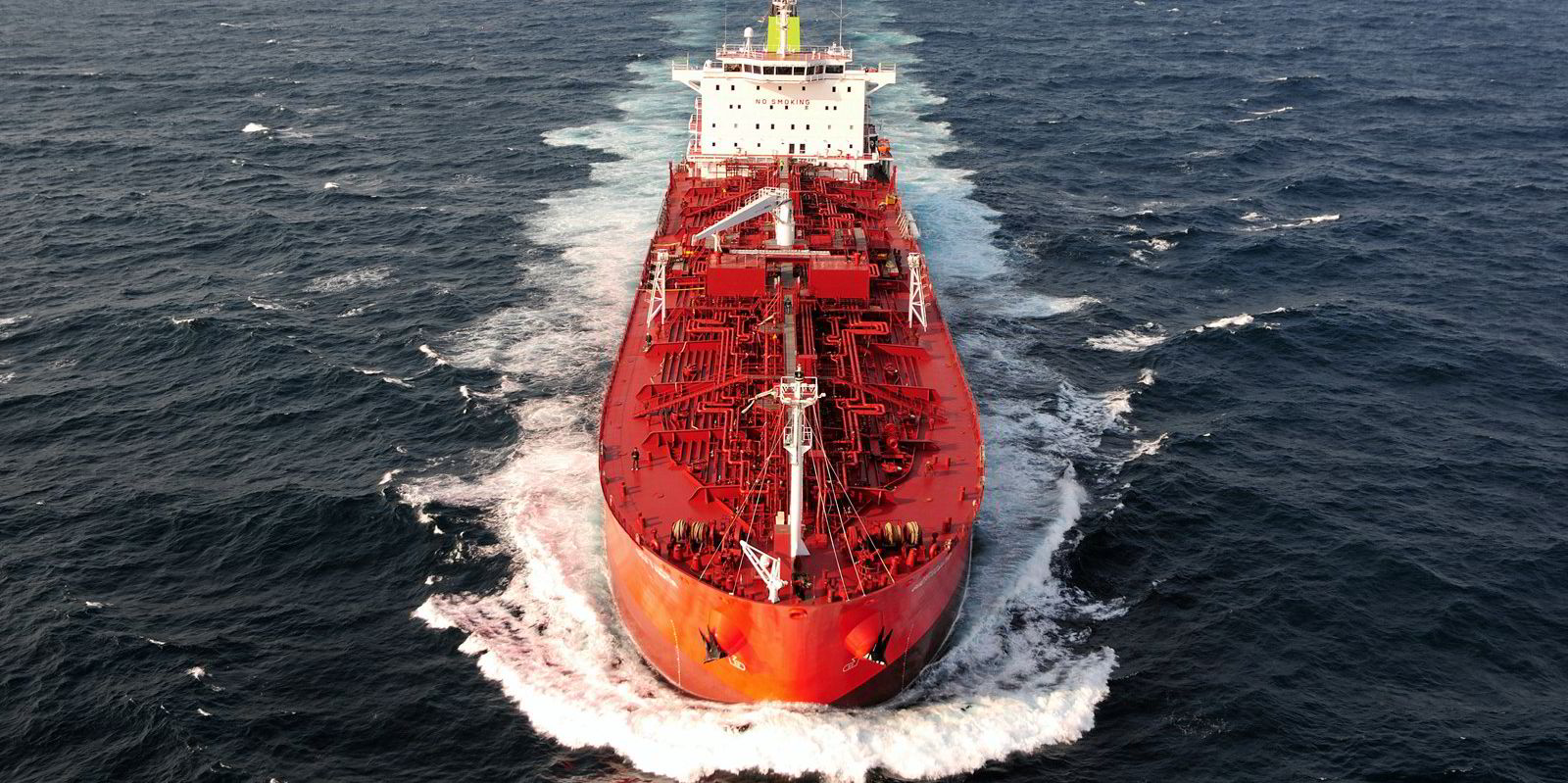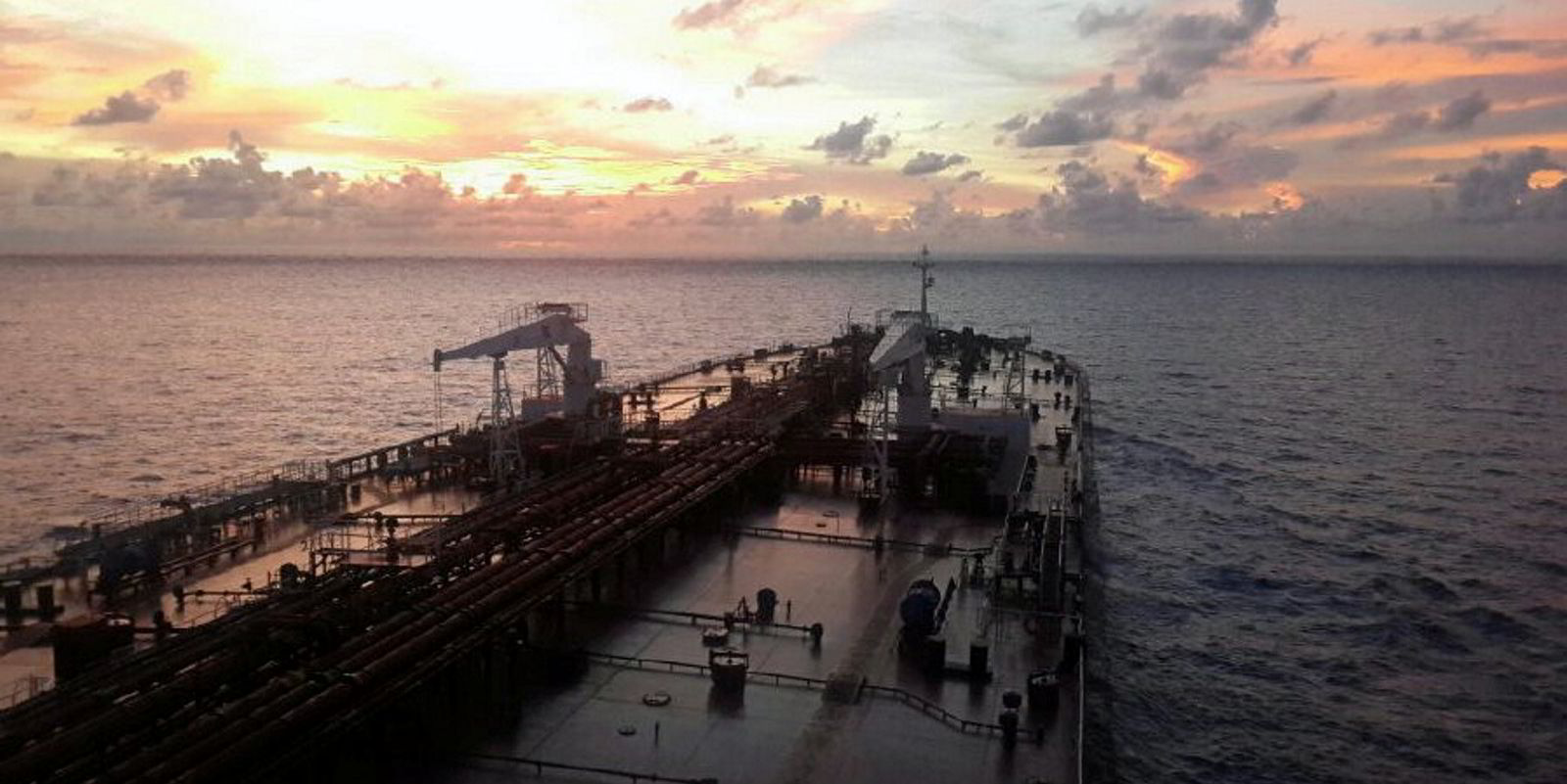Tankers are expected to outperform other shipping sectors in 2023 as the great Russian reshuffle sends oil cargoes longer distances following the European Union’s import bans.
The average distance of seaborne oil trade is projected to increase by 6% until 2024 as Europe looks to the Middle East, US Gulf and West Africa for replacement barrels, according to the latest assessments by Clarksons Research.
It said the booming tanker market stands in contrast to the container and dry bulk sectors that are both expected to contract in 2023. The development has seen owners from other sectors buy tankers to tap into the surging rates.
The European Union will ban Russian seaborne crude imports from 5 December and refined oil products two months later. The scramble for alternative supplies will see distances for crude carriers increase by 5% in 2023 and double that for products, according to Clarksons.
Tanker operators have reported the potential for “supercharged” profits from the ban. Ardmore chief executive Anthony Gurnee said in October that rates could triple.
Pool operator Maersk Tankers said a 4% increase in tonne-mileage is likely, while Danish product tanker specialist Torm said it was expecting a 7% increase in tonne-miles after the 5 February products ban.
“Because it’s tectonic plates that are moving now,” Torm chief executive Jacob Meldgaard said. “It’s not small and I don’t think it’s temporary.”

Russia will also have to send its own oil further away from its biggest customer — Europe — with a pivot to the East. India, China, the United Arab Emirates and Turkey have all increased crude volumes from Russia in the last six months.
It remains unclear how much that will benefit the mainstream tanker market as it would rely on a functioning oil price cap. S&P Global said 22 Greek, Cypriot and Maltese tankers were believed to be carrying Russian crude in October.
Shipowners, insurers and financiers will only be able to move Russian cargoes to markets outside of the G7 and European nations if the price is below a level set by the architects of the scheme. Russia has previously said it will not take part in the mechanism or ship oil to any country involved in it.
But with European countries deadlocked over the level of the price cap, Russian officials signalled for the first time that they might get involved but only after examining the numbers.
With discussions reportedly centred around the $62-per-barrel level — far above the $30 demanded by some states — Russia might take part to ensure it is not left with a shortage of tonnage and forced into production cuts.
Demand from the world’s biggest importer — China — is the other key factor for increases in tonne-mileage and earnings for the tanker sector. Continuing Covid lockdowns and a sharp slowdown in growth have raised questions over its appetite for oil in the coming year.
“Weak Chinese crude demand (particularly for long-haul Atlantic supplies) has offset some of the benefits of the initial shifts in Russia/European trade flows towards longer routes, limiting average haul gains,” Clarksons said.
Some analysts believe key changes and market movements have already played out as the sector prepared for the ban.
“We believe the larger effects on tanker markets in terms of trade pattern changes are already behind us,” Fearnley Securities said.





